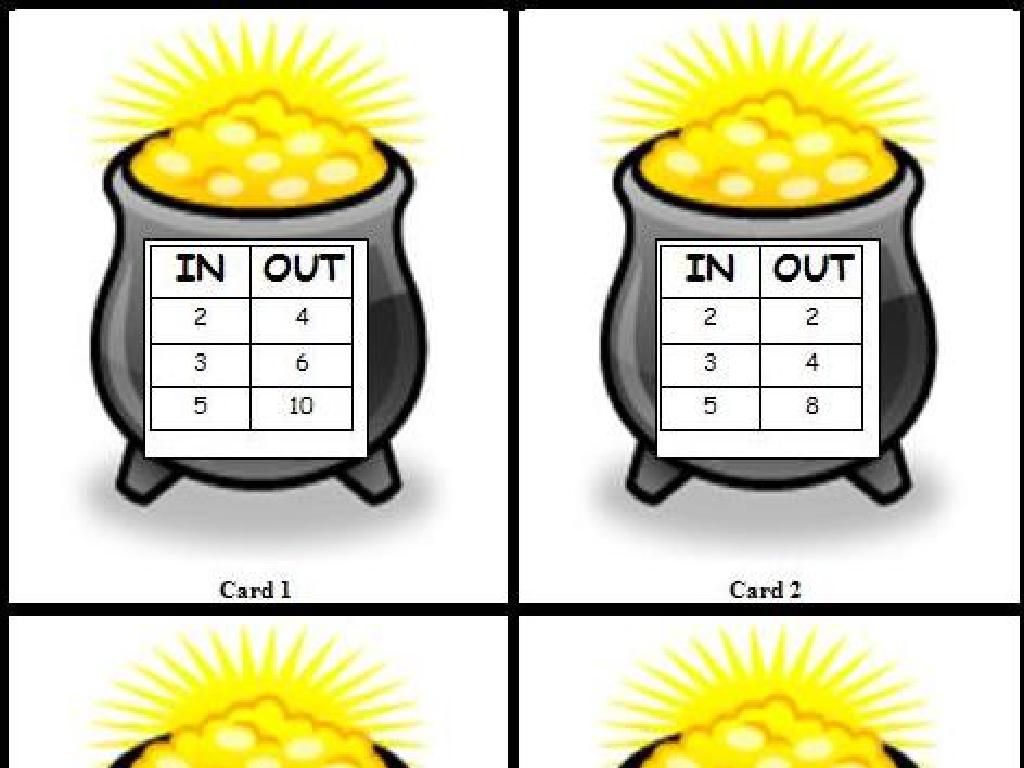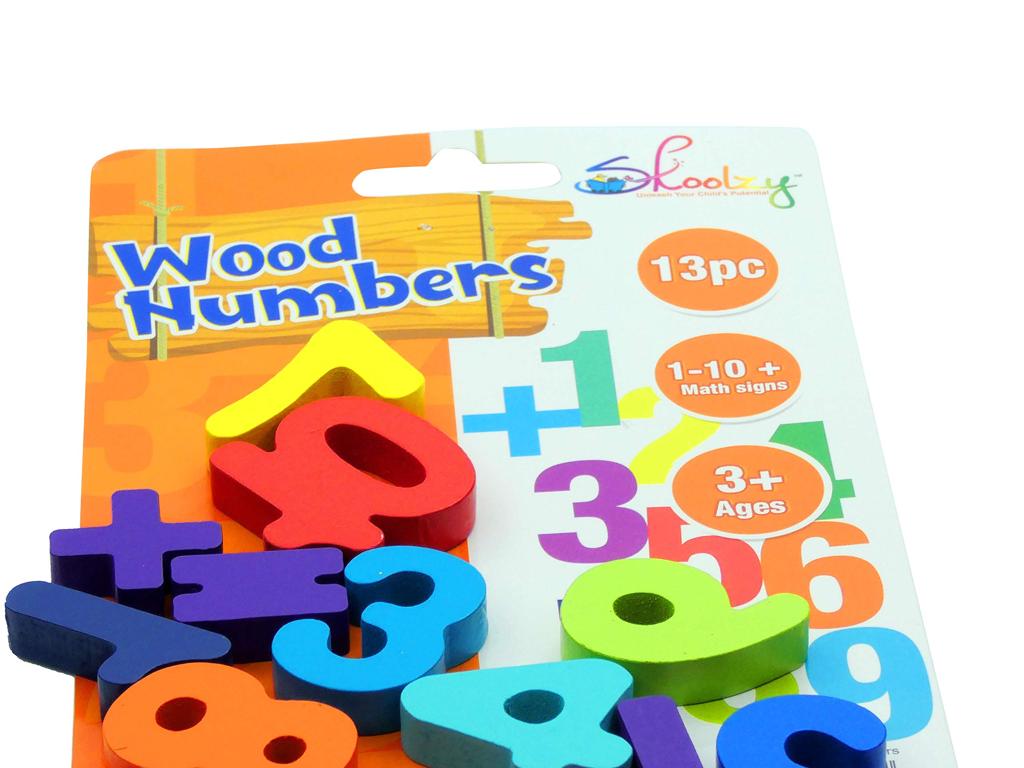Compound Interest
Subject: Math
Grade: Eighth grade
Topic: Consumer Math
Please LOG IN to download the presentation. Access is available to registered users only.
View More Content
Understanding Compound Interest
– Introduction to Consumer Math
– Defining Interest
– Payment for the use of borrowed money
– Simple vs. Compound Interest
– Simple interest is calculated on the principal only, while compound interest is calculated on the principal plus the interest that has been added to it.
– Compound Interest’s Impact
– Compound interest grows faster due to interest on interest
|
This slide introduces students to the concept of Consumer Math with a focus on Compound Interest. Begin by explaining Consumer Math as a practical application of math in everyday life, such as budgeting, investing, and shopping. Clarify that interest is essentially the cost of borrowing money or the reward for saving money. Highlight the difference between simple interest, which is calculated only on the initial amount of money, and compound interest, which is calculated on the initial amount plus any interest that has been accumulated over time. Emphasize how compound interest can significantly increase savings or debt over time due to the ‘interest on interest’ effect. Use examples to illustrate how the same amount of money can grow differently under simple and compound interest rates. Encourage students to think of situations where understanding interest rates is important, such as saving for college or taking out a loan.
Understanding Compound Interest
– Define Compound Interest
– Interest on both the initial principal and the accumulated interest from previous periods.
– Explore the Power of Compounding
– Compounding can significantly increase savings over time, especially with more frequent compounding periods.
– Real-life Compound Interest Examples
– Savings accounts, retirement funds, and education investments often use compound interest.
– Compound Interest vs. Simple Interest
– Unlike simple interest, compound interest grows at an increasing rate.
|
This slide introduces the concept of compound interest, which is a critical financial principle in consumer math. Begin with the definition, emphasizing that it’s not just interest on the principal amount, but also on the interest that has been added to that principal. Highlight the ‘Power of Compounding’ by showing how investments grow faster over time due to interest being calculated on an accumulating amount. Provide real-life examples such as the growth of a savings account or college fund to make the concept relatable. Lastly, compare compound interest with simple interest to underscore the potential of compounding for long-term growth. Encourage students to think of scenarios where compound interest might apply in their lives and to calculate the differences between simple and compound interest in given examples.
Calculating Compound Interest
– Learn the compound interest formula
– A = P(1 + r/n)^(nt), where A is the amount, P is principal, r is rate, n is number of times interest applied per time period, t is time.
– Understand formula components
– P is initial amount, r is annual interest rate, n is how often interest compounds, t is number of years invested.
– Example: Calculate with the class
– If $1000 is invested at an annual interest rate of 5% compounded monthly for 3 years, what is the final amount?
– Discuss the impact of compounding
|
This slide introduces the concept of compound interest, a critical topic in consumer math. Start by explaining the formula A = P(1 + r/n)^(nt) and the meaning of each variable. Emphasize the importance of understanding each component to accurately calculate compound interest. Engage the class with an example calculation, inviting students to participate in solving it. This will help them grasp the concept of how compounding affects the growth of an investment over time. Conclude by discussing real-life implications of compound interest in savings and loans, reinforcing the practical applications of this mathematical concept.
Factors Affecting Compound Interest
– Principal Amount (P)
– The initial sum of money deposited or invested.
– Annual Interest Rate (r)
– The percentage of the principal earned per year.
– Compounding Frequency (n)
– How often interest is applied to the balance.
– Time in years (t)
– The total duration the money is invested or borrowed for.
|
This slide aims to explain the key factors that influence the growth of an investment or loan through compound interest. The principal amount is the starting sum before interest is applied. The annual interest rate determines how much interest accrues over a year. Compounding frequency affects how often the interest is calculated and added to the principal, which can significantly impact the total amount of interest earned or paid. Time is crucial as it dictates the period over which interest compounds. Understanding these factors is essential for students to calculate compound interest and to grasp how their choices can affect the growth of their savings or the cost of a loan over time.
The Rule of 72: Estimating Doubling Time
– Understanding the Rule of 72
– The Rule of 72 is a quick, useful formula to estimate how long an investment will take to double given a fixed annual interest rate.
– Estimate doubling time with Rule of 72
– Divide 72 by the interest rate to find the approximate number of years for money to double.
– Class exercise on doubling time
– Calculate doubling time for various interest rates provided in class.
– Discuss results and applications
|
Introduce the Rule of 72 as a simple mathematical shortcut to estimate the number of years required to double the invested money at a given annual fixed interest rate. Explain the formula and its derivation briefly. For the class exercise, provide students with different interest rates and ask them to calculate the doubling time using the Rule of 72. After the exercise, discuss the results and ensure students understand the practical applications of this rule in financial planning and investment. Encourage questions to ensure comprehension. The activity should be interactive, and students should be encouraged to explain their reasoning.
Compound Interest in the Real World
– Savings accounts grow with interest
– Interest on your savings compounds, increasing the total amount over time.
– Loans and credit cards accrue interest
– Borrowed money on loans and credit cards includes interest that can compound, making the total owed larger.
– Investments benefit from compounding
– Compounding boosts investment returns over the years, crucial for long-term growth.
– Retirement funds and compound interest
– Retirement savings use compounding to increase the nest egg for your golden years.
|
This slide aims to illustrate the practical applications of compound interest in everyday financial scenarios. Emphasize how compound interest affects savings accounts, showing how regular deposits can grow exponentially over time due to interest being calculated on the accumulated interest. Highlight the impact of compound interest on loans and credit cards, where the amount owed can increase significantly if not managed properly. Discuss how investments, especially long-term ones, benefit from the compounding effect, leading to substantial growth in wealth. Lastly, explain the importance of compound interest in building retirement funds, as it allows for a larger sum to be accumulated by the time one retires. Provide examples with different interest rates and time periods to show how small differences can have a big impact over time.
Interactive Activity: Exploring Compound Interest
– Use an online compound interest calculator
– Group activity: Calculate future investments
– Work in groups to find how investments grow over time
– Discuss compound interest’s impact
– How does compound interest affect savings and loans?
– Reflect on financial decision-making
|
This interactive activity is designed to help students understand the concept of compound interest through practical application. Provide students with access to an online compound interest calculator. Divide the class into small groups and assign each group the task of calculating the future value of various investments with different interest rates and compounding periods. After the activity, lead a discussion on how compound interest can influence financial decisions such as saving money, taking out loans, or investing. Encourage students to think critically about the role of interest rates and time in growing investments. This will help them grasp the importance of starting to save early and the benefits of compound interest over time.
Class Activity: Create Your Investment Plan
– Apply knowledge to craft an investment plan
– Consider initial amount, rate, time, frequency
– How much to start with, expected interest, duration of investment, and how often interest is compounded
– Share your plan with a classmate
– Discuss the potential outcomes
– Talk about how these factors affect the final amount
|
In this activity, students will use their understanding of compound interest to create a hypothetical investment plan. They should consider how much money they would like to start with, the interest rate they might expect to receive, the amount of time they plan to invest their money, and how often the interest is compounded (e.g., annually, semi-annually, quarterly, monthly). After creating their plan, students will pair up to share and discuss their strategies. This will help them see the variety of factors that can influence the growth of an investment. As a teacher, facilitate the discussion by asking guiding questions and providing feedback. Possible activities for different students could include comparing short-term vs. long-term investments, or the effects of different compounding frequencies on their final return.
Wrapping Up: Compound Interest
– Recap of compound interest
– Why it matters in finance
– Understanding interest helps with saving and borrowing decisions.
– Time for your questions
– Let’s clarify any doubts
|
As we conclude today’s lesson on compound interest, it’s crucial to revisit the key concepts we’ve learned. Compound interest is the interest on a loan or deposit calculated based on both the initial principal and the accumulated interest from previous periods. This understanding is vital for personal finance management, as it affects savings growth and the cost of borrowing. Now, let’s open the floor for any questions the students may have. This is an opportunity for clarification and ensuring that everyone has a solid grasp of the topic. Encourage students to ask questions about any aspect of compound interest they find confusing or intriguing. It’s important to foster an environment where students feel comfortable seeking clarification and engaging in discussion.




